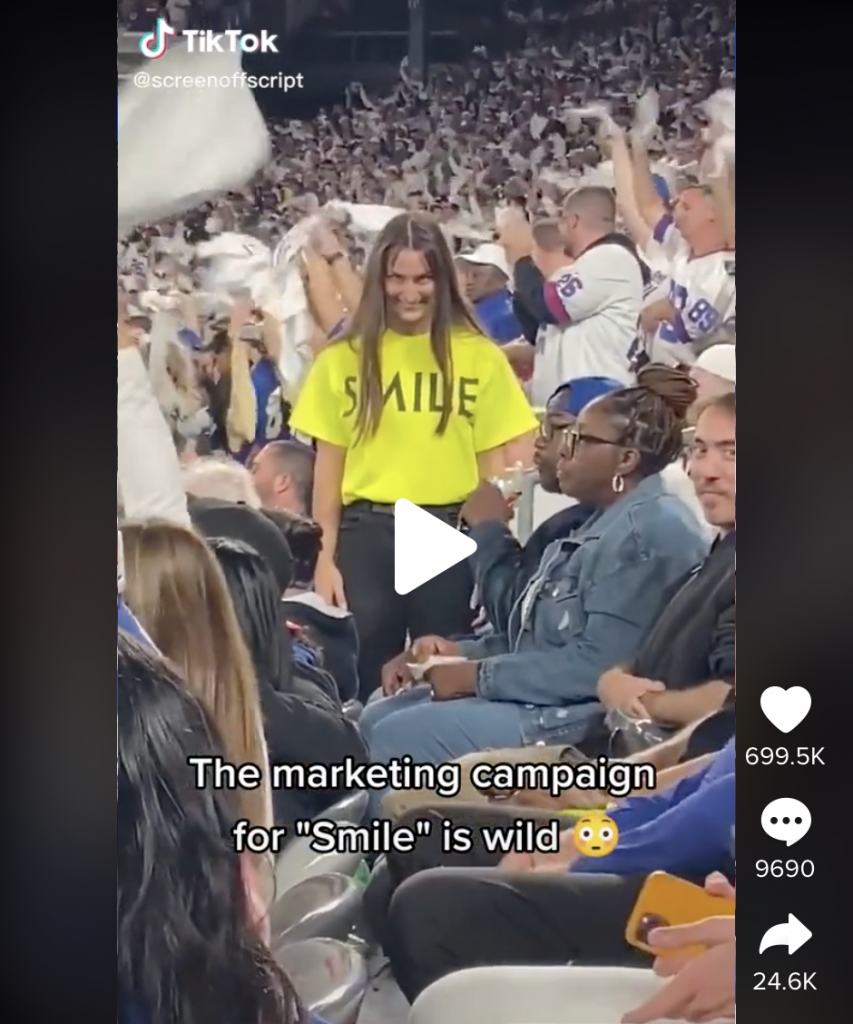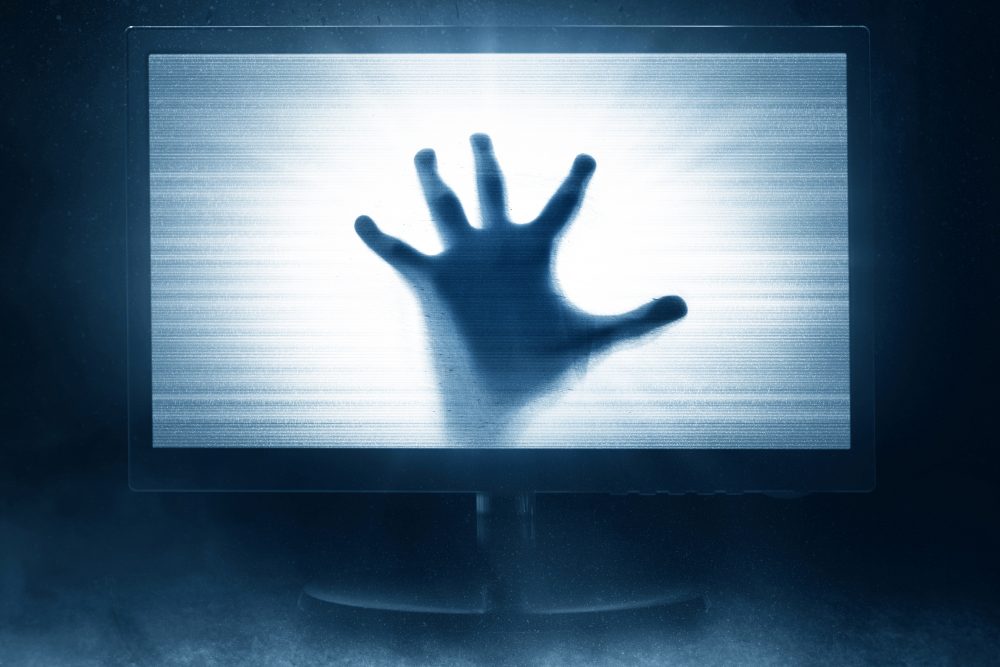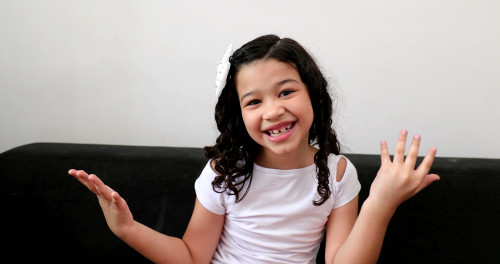Kid creators, or "Alphluencers," are making waves in social media with their unique and wholesome optimism and genuinely connective messages.
Horror Appeal Bleeds Past Halloween – and the Screen
Horror is having a moment – and it’s extending far beyond the Halloween season.
Pre-pandemic, the horror genre’s 2019 market share based on domestic earnings was at roughly 7%. But despite the impact of COVID on theatre-going, horror’s market share – tracked since 1995 – reached an all-time high in 2021 at about 13%. Pre-Halloween, 2022 is approaching 10%, with many releases yet to come before the year’s end. This reflects a trend we call Shadow Play – after years of real-life tragedy, economic hardships, and isolation, people are gravitating toward entertainment and experiences that explore humanity’s dark side as a welcome release.
As IRL stress and terrors continue to saturate everyday life, people and brands are finding ways to make horror a “shock and delight” experience in unexpected ways – and they’re not afraid to get their hands bloody.
Off-Screen Marketing Scares Prompt Social Sharing
Entertainment marketers are bringing bone-chilling plotlines off the screen and into the everyday. Last month, to promote their horror film, Smile, Paramount planted creepily smiling actors behind home plate at several baseball games hoping to catch the eye (and souls) of viewers at home.

While there was no guarantee that a promotion like this would go over smoothly, the public’s response was overwhelming. One TikTok that reported the stunt generated over 10M views, and the film has surpassed $100M globally since its release. Experiential horror is inspiring other categories to expand their offerings. Nightmare toys, a horror-focused retailer, recently opened Nightmare Café, a year-round, horror-infused dining experience in Las Vegas. Here, visitors are immersed in fear-tastic décor and choose from menu staples like chainsaw chili and psychokra – all to be washed down with a monster mule, of course. From movies to munchies, we’re witnessing marketing “scare tactics” in everyday contexts gain traction, nodding to a mainstreaming horror appeal.
Gen Z Isn’t Just Watching Horror – They’re Making It
As we explored in our recent Gen Z Field Guide, this generation uses horror-filled content as an escape from the terrors and crises of their early adulthood. With 94% of 18-25 year-olds feeling that the best shows and movies explore the darker side of humanity (vs. 51% among 26+),* their affinity for horror is a likely driver for its expanding presence. Gen Z is not only consuming horror entertainment, they are taking their passion for it to the next level by immersing themselves in the storylines and churning out their own content in response.
Hulu’s Fresh follows protagonist Noa who meets her love interest in the supermarket only to learn that he is a cannibal. Deal breaker? Not for Gen Z. As #freshmovie (354.3M) went viral on TikTok, young creators on the app started playing with the movie and emulating their own versions of it. Whether through recreating this dance scene, crafting POVs of bone-chilling lines, or hitting the supermarket in search of love, the magnitude and depth of Gen Z’s interaction with films like Fresh is powerful for the horror genre, and filmmakers are both listening and acting. James Wan, the filmmaker of The Conjuring franchise, is leaning into Gen Z’s influences for his upcoming horror film, M3GAN. The focal point of this 2023 film is an AI-programed doll – who is both beloved by Gen Z for her iconic dance moves and voiced by TikTok influencer Jenna Davis. Gen Z is becoming horror’s most influential stakeholder, and creators are paying attention.
Brand Implications
As the year-round conversation on horror grows, brands have an opportunity to strike. Brands that both have an organic connection to horror as a genre (like entertainment) or have less direct ties can explore new methods to enrich user experience and drive interaction – with safe yet fearful fun at the helm. Brands with a great Halloween presence can brainstorm ways to expand their horror experiences year-round. For example:
- Audio: An audio streaming brand can collab with a VR company to craft a multi-sensory sound and visual experience for horror lovers. Imagine listening to a thrilling book or podcast, fully immersed in the environment of the story through visual and audio effects along with the narrator’s voice, heightening the suspense factor! Roll out the collab as a series of #HorrorLoVR experiential pop-ups in cities across the nation, grabbing people’s attention as they pass by.
- CPG: While Halloween serves as the “Super Bowl” of candy, confectioner brands must get creative to maintain that seasonal boost year-round. With horror’s all-year appeal and Gen Z’s love for getting involved in the production, a candy brand can create a horror story of its own and crowdsource the content. Starting with a brand-centered video as “part 1,” prompt a UGC contest to bring the rest to life through a series of short-form videos. Leverage TikTok Influencers in the #HorrorTok space to share chilling twists, original scores, and epically spooky transitions to keep viewers on the edge of their seats. Launch on TikTok during the springtime, six months post-Halloween, and draw out the time between posts to amp up the suspense while encouraging dialogue in the comments!
Source: *Horizon Media, Finger on the Pulse. Survey fielded 5/31/22-6/9/22, n=986




